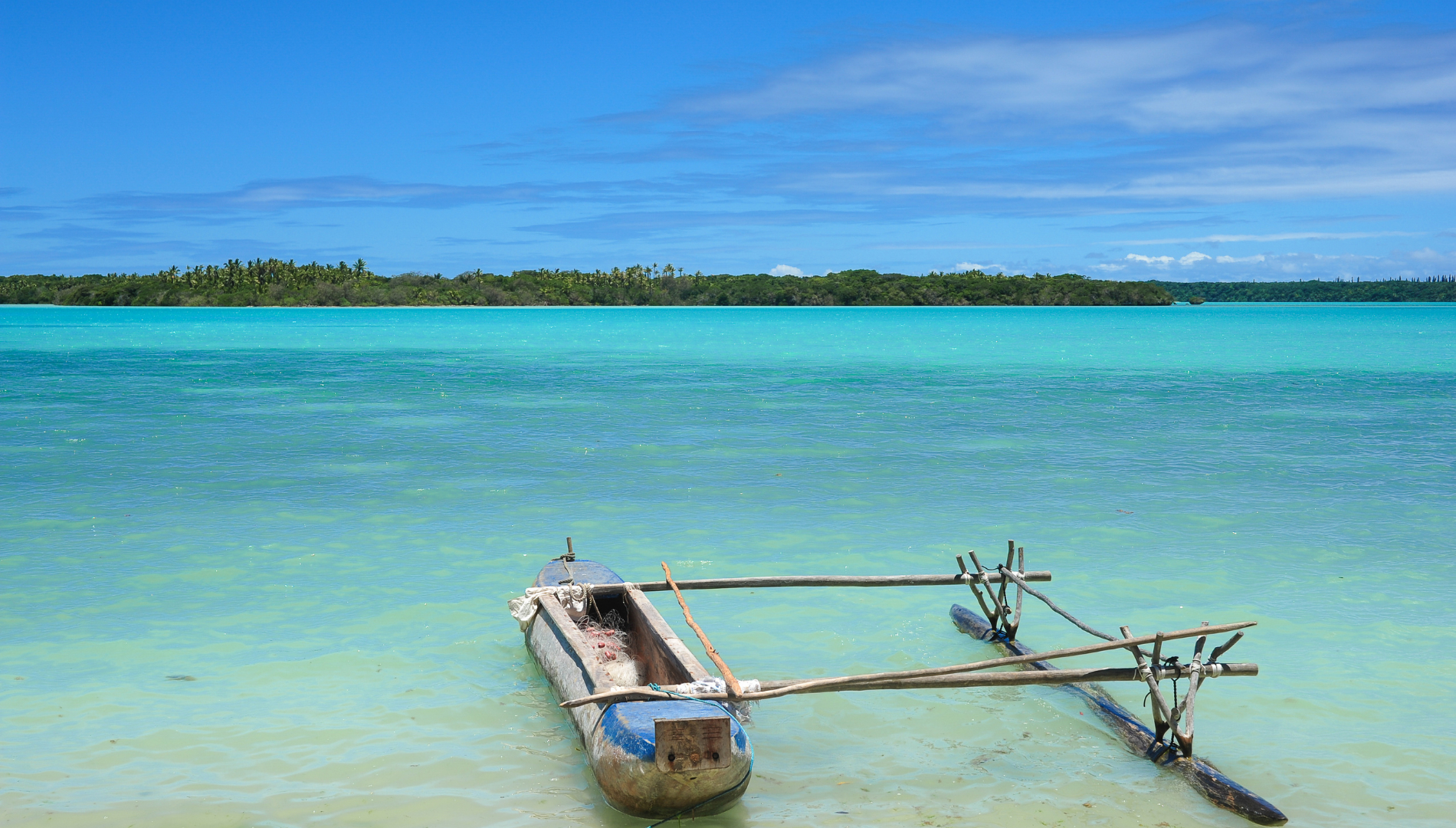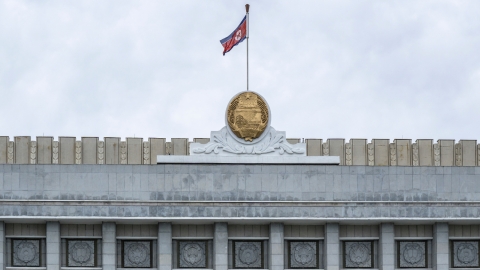The magical land of happiness at the end of the world
Vanuatu, also known as the Republic of Vanuatu, is an island nation in the southwest Pacific Ocean, famous for its long white sand beaches, active volcanoes and unique Melanesian culture.

Vanuatu is an archipelago of 83 large and small islands located in Oceania.
Before independence in 1980, Vanuatu was known as the New Hebrides. Along with New Caledonia, they were two French colonial archipelagos in the South Pacific, two hours by plane from the east coast of Australia.
Vanuatu, a hidden gem in the Pacific Ocean, was once voted as one of the 178 happiest countries in the world. Here, time passes slowly, peacefully like a river. Vanuatu people do not rush to pursue material values, but know how to enjoy the present moments with family and community. They consider time to be an illusion, they have no worries, but life is only connected to the ocean, with white sand beaches stretching like soft silk strips embracing the island, and with lush green tropical forests.
Despite facing natural challenges such as earthquakes, tsunamis and floods, the people of Vanuatu have always maintained a spirit of optimism and solidarity. They have proven that happiness does not come from luxurious material things, but from simple spiritual values such as love, sharing and community attachment.
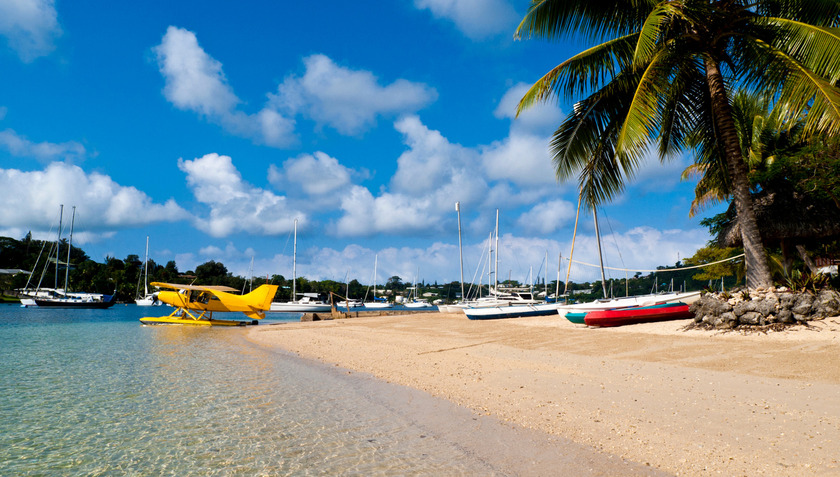
Vanuatu still retains the wild beauty of mountains and blue beaches as far as the eye can see.
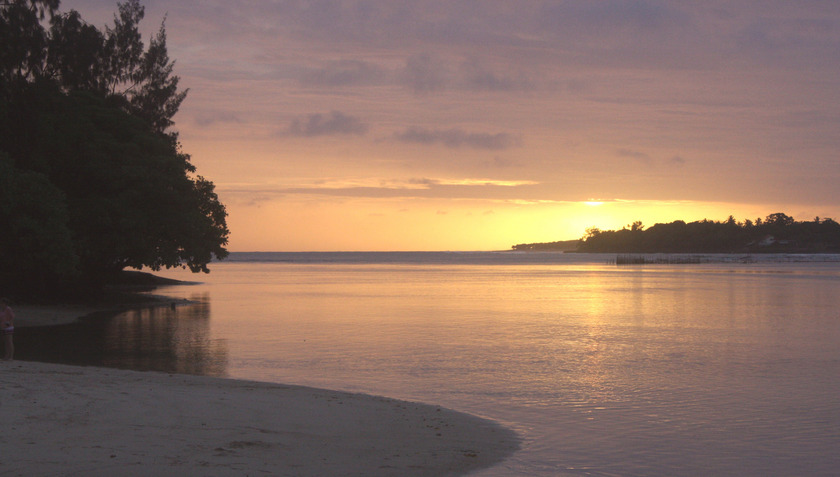
Humans have been living in Vanuatu for thousands of years, leaving behind a unique cultural legacy. To this day, visitors can still find traditional villages nestled in lush forests. The people here live in harmony with nature, building unique stilt houses and participating in colorful traditional festivals. They have vibrant dances, thrilling myths and mysterious spiritual rituals.
Vanuatu’s cultural soul is called “kastom”, and it encompasses everything from economics, art to spirituality, and has its own unique color. If you want to know what “kastom” is really like, go to the villages that seem “closed to the world” in Vanuatu. These are real settlements, without modern technology or any tourist gimmicks – a chance to explore Vanuatu’s sacred past.

With its mild climate, Vanuatu is suitable for a peaceful and slow life.
For example, the Naghol festival on Pentecost Island has been recorded in the Guinness Book of Records with the custom of "testing men's bravery" by jumping headfirst from a wooden tower nearly 30m high on a steep hill... However, if you like luxury vacations, Vanuatu is also ready to meet your needs perfectly. It is easy to find here clear blue beaches, luxury yachts, high-class resorts and many high-class sports and services...
A century of Vietnamese in Vanuatu
A distant country located half a hemisphere away, the name is still unfamiliar to most of our people. Vanuatu, a place that seems to be isolated from the rest of the world. However, few people know that this place contains emotional stories about a community of Vietnamese people living abroad. Ocean-crossing ships have carried the dreams and hopes of Vietnamese people to this new land since more than a century ago. They have overcome many difficulties and hardships to build a new life on the blue sea.
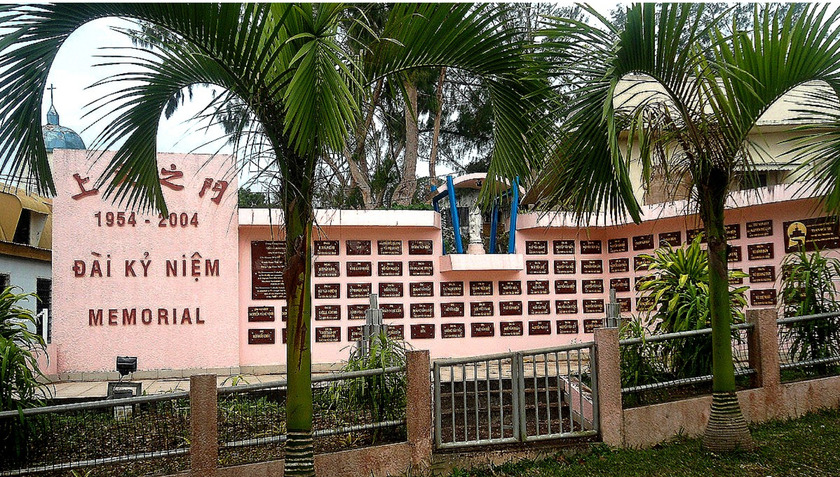
The Vietnamese people living abroad in the past left many marks on this land of love.
The first recorded Vietnamese (known as Annamite in French documents) who arrived here were prisoners and political prisoners around 1911. In 1923, the first 145 Tonkinese workers officially arrived in the New Hebrides as recruited laborers (i.e., recruited laborers). These people went abroad to work under five-year contracts with French recruitment companies to work on plantations. Around the same time, a large number of workers also chose to work as miners in New Caledonia. Vietnamese farmers called New Hebrides New Island, and New Caledonia New World.
The life of the coolies was hard and miserable, they had to do hard work but were still brutally beaten. They were considered as “yellow slaves”. However, when they were at home, no one knew about those working conditions, only seeing the high salary, they were determined to leave their hometown for a while to escape poverty in the densely populated Northern Delta, which was prone to storms and floods. They called each other “chan dang” people. Until now, the origin of the word “chan dang” is still unclear, but according to some people I met, they thought that the old people used to say: “Sign me up for a trip to the New World” and that is where it came from.
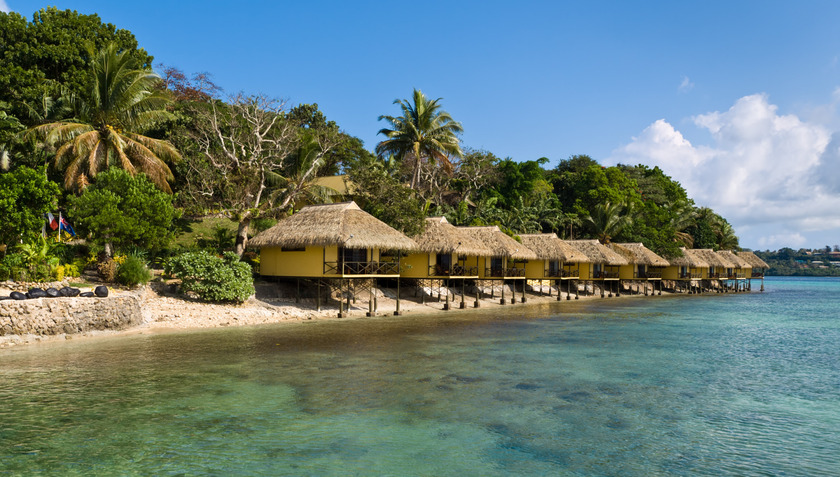
The land contains the affection between two countries despite being half a hemisphere apart.
By 1940, World War II had completely cut off contact between New Caledonia and Vietnam. Despite being far from their homeland, the Vietnamese community still turned to their homeland, supporting the resistance against the French. Joy broke out when the Democratic Republic of Vietnam was born, but it also brought hatred from the French. After the victory of Dien Bien Phu, the Vietnamese community faced many difficulties, even threats. Finally, in 1960, the ship Eastern Queen (Eastern Queen) brought 551 people from New Caledonia to Hai Phong port, and Prime Minister Pham Van Dong personally welcomed the overseas Vietnamese at the port. A new chapter in the history of the Vietnamese community in New Caledonia was opened.
Therefore, when visiting Vanuatu, besides the paradise-like beauty of the archipelago in the middle of the blue Pacific Ocean, admiring the unique indigenous culture that is almost unaffected by the civilized world, visitors can also enjoy the familiar feeling when encountering many Vietnamese cultural features here. Along with that are local markets with familiar decorations and many products such as sweet potatoes, cabbage...

Two parallel sentences in Chinese characters written on two pillars built in the style of the Northern village communal house gate in the Vietnamese community living in Vanuatu move everyone who visits:
"The wild red people
"I go from the North to the South, I return from the North".
(Alas, our people have followed the Hong bird to the North.
Unfortunately, this bloodline must return to the South.)
Those two parallel sentences, like whispers engraved in an emotional historical moment. When the Vietnamese in Tan Dao had to separate, half stayed, half left, the parallel sentences became a prayer, a connecting thread between distant hearts. Those who stayed always turned towards their homeland, carrying with them a deep longing in every breath. And those who left, though thousands of miles apart, their souls always turned towards their homeland. Each word in the parallel sentences was like a message, a promise to forever keep the flame of patriotism alive, no matter where they were.

 VI
VI EN
EN




